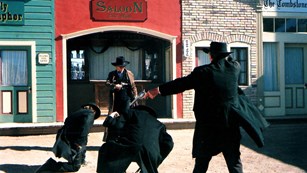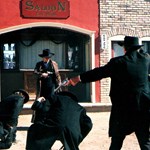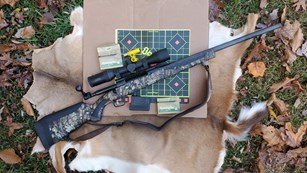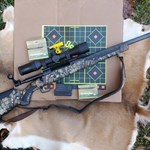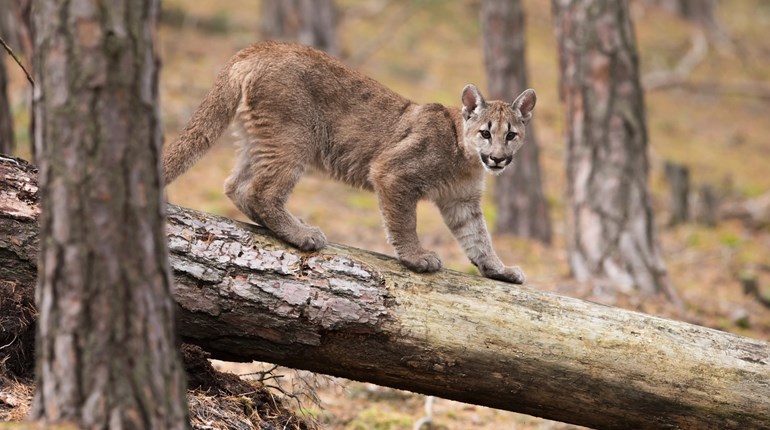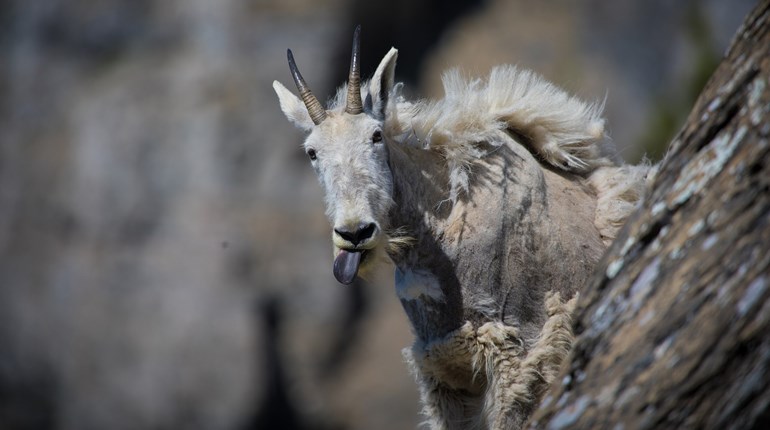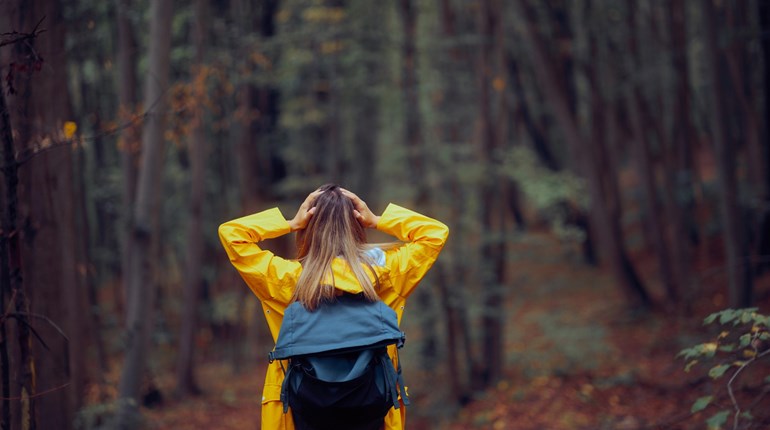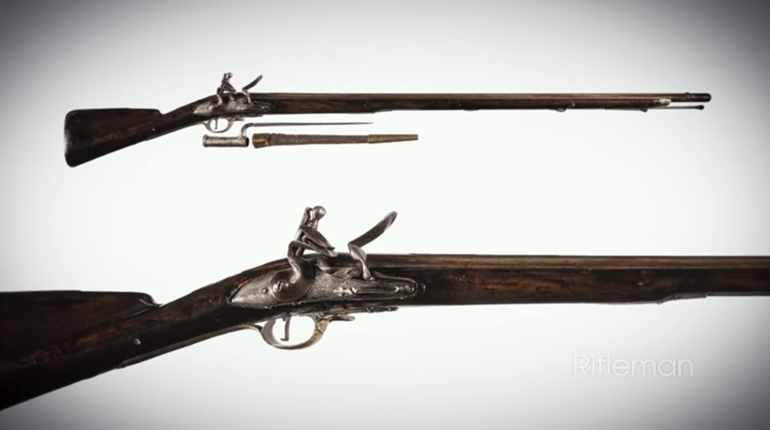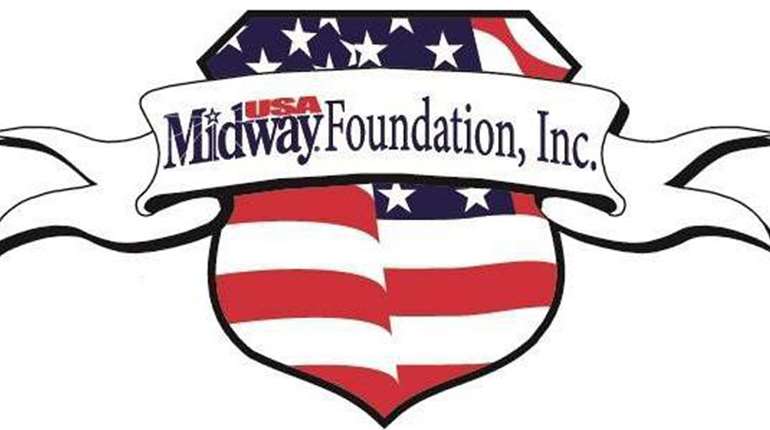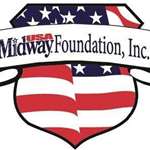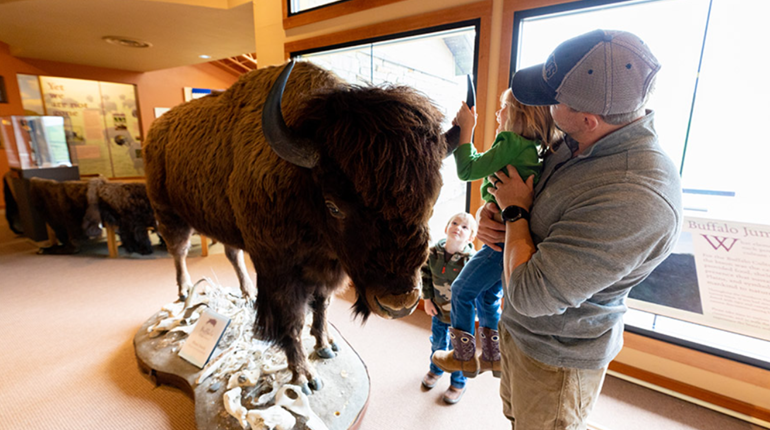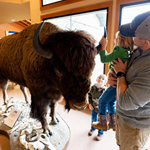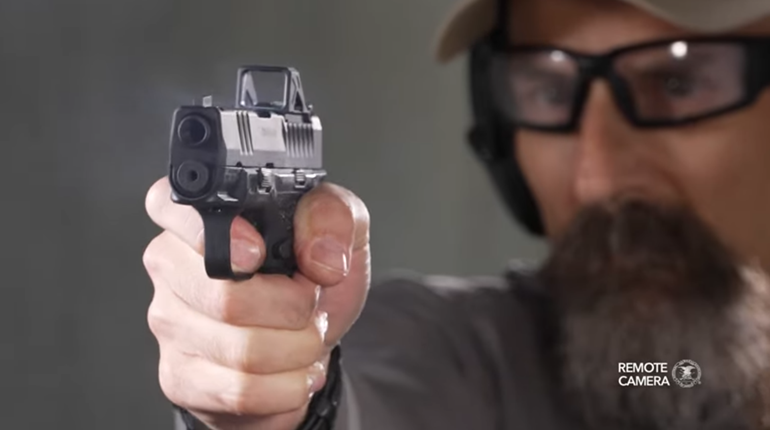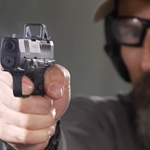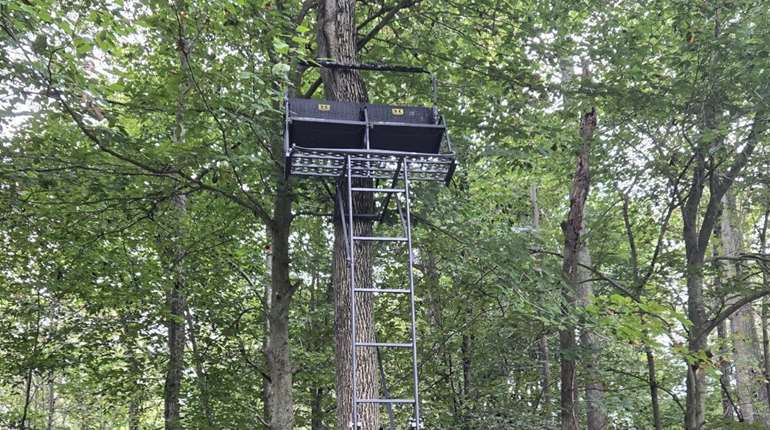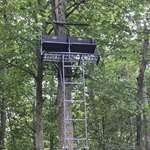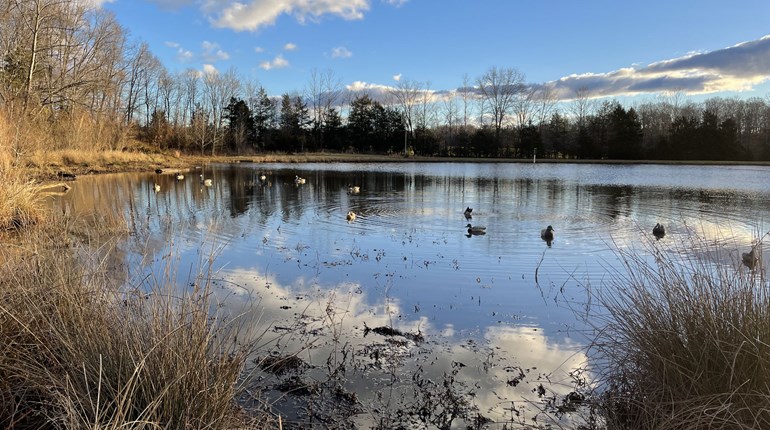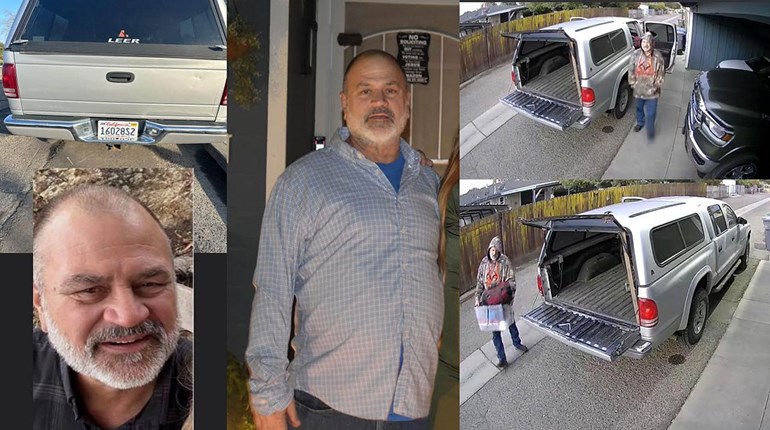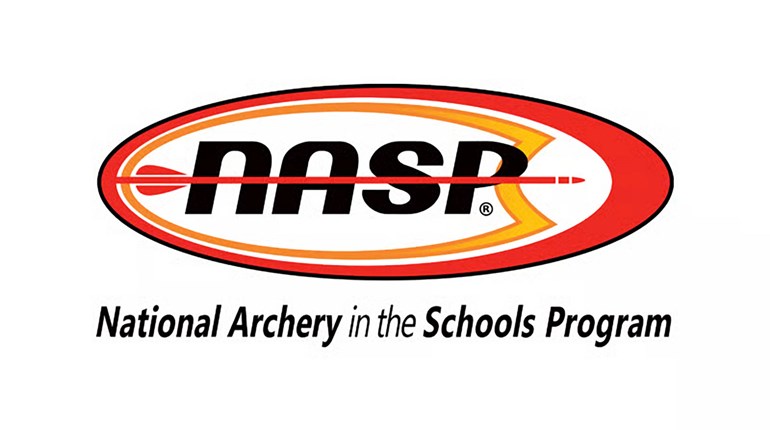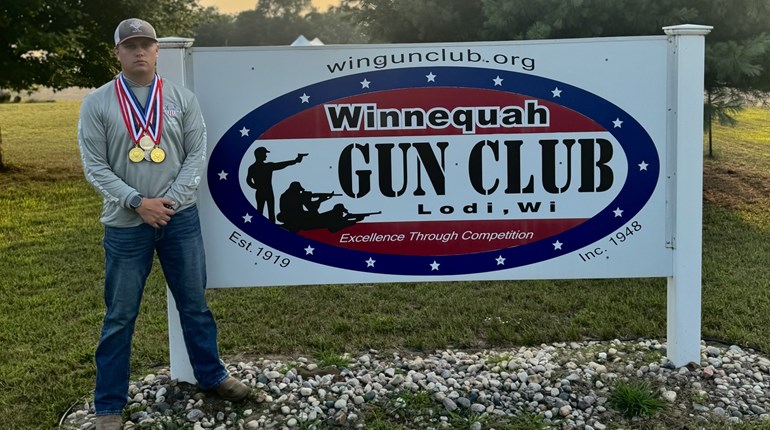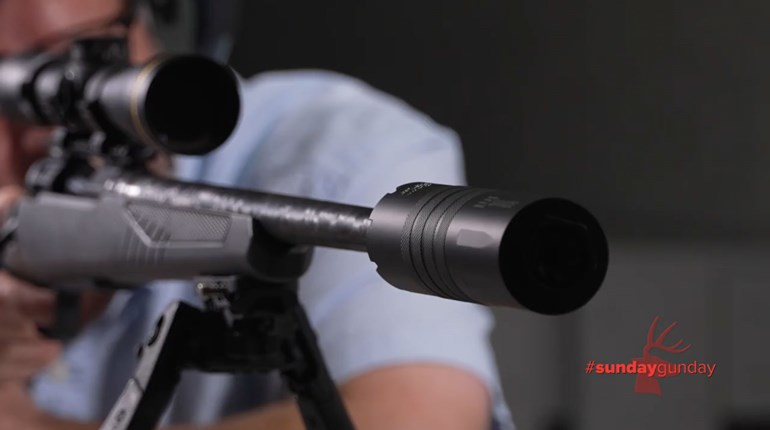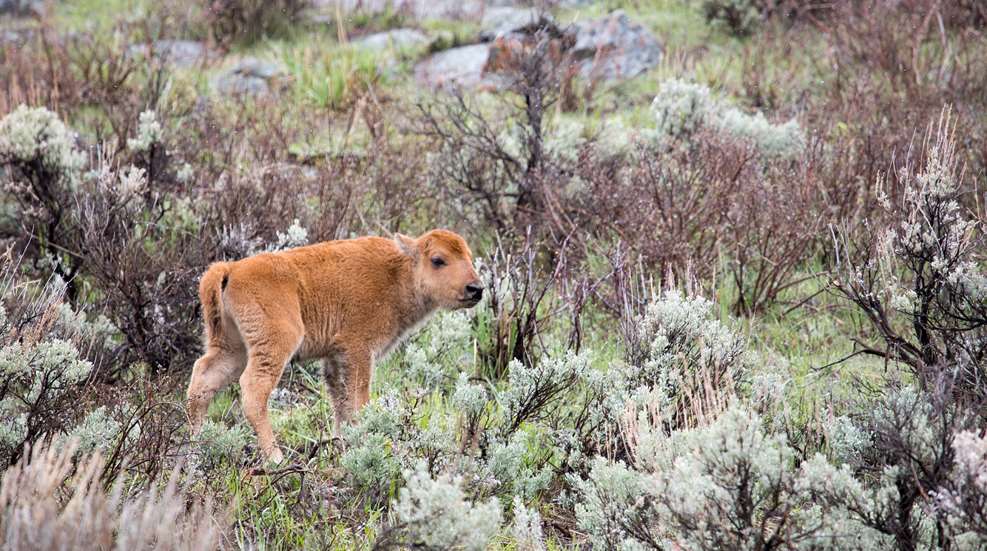
We humans are hard-wired to empathize with babies for reasons that are obvious, and that often does extend to baby animals. After all, there's not much cuter than a newborn whitetail fawn or a shaky-legged bison calf. The urge to touch, pet, and help is normal and natural. The problem is that doing so not only won't help the animal, it may actually condemn it to an early death.
For example, on more than one occasion, visitors to Yellowstone have attempted to "help" bison calves, and the result is always the same. The herd will reject a calf that smells of human, and that means the calf either starves to death on its own, or has to be euthanized. So, even though it may feel heartless, you really should leave baby wildlife alone. Please don't touch, try to feed, or take the baby animal home — and it's not just the critter that's in danger. You and your pets could be, too.
Deer fawns and elk calves are often born in June, which is why you may find one during your outdoor adventures in early summer. If you do happen to see one in the wild, you probably won’t see its mother. Not seeing its mother might lead you to believe that the animal has been abandoned, but that is rarely the case.
“Newborn fawns are actually frequently alone and isolated during their first weeks of life — and that’s on purpose,” Utah Division of Wildlife Resources Big Game Coordinator Dax Mangus said. “The mother knows that leaving the fawn alone is the best way to protect it from predators.”
Newborn big game animals fall into two categories: followers and hiders. Followers include bison calves and bighorn sheep lambs, which follow their mothers shortly after they’re born. Hiders, such as mule deer fawns and elk calves, do the opposite — they hide, alone, for most of the day for the first two to three weeks of their lives.
During the day, a doe deer will reunite with its fawn for a short time, to nurse it and care for it. Then, to draw attention away from where the fawn is hiding, the mother will leave the fawn. The doe will spend the rest of the day feeding and resting. Hiding is the best way for fawns to stay safe right after they are born. Then, after two or three weeks, the fawn grows strong enough to start accompanying its mother.
Fawns are born with a creamy brown coat that’s covered with white spots. This camouflaged coat allows the fawn to blend in with its surroundings. Fawns also don’t give off much scent, so it’s difficult for predators to smell them. (Unless, of course, you or your dog touches it.)
If you see a deer fawn or an elk calf that appears to be alone, the first thing to do is to keep your distance. Don’t approach it. In almost every case, the young animal has not been abandoned by its mother. Don’t touch it or pet it. Finding and petting newly born animals is a problem because the animal’s survival depends on it being left alone and undetected by predators. If you touch it, you may leave your scent on the animal, which could draw predators to it.
There's also the fact that if the animal is in fact sick, or infested with ticks, there's a risk to you and any pet you may have with you. Furthermore, although ungulates aren't naturally aggressive towards humans, they absolutely can be. You do not want Mama Moose or Mommy Bison to feel she needs to come protect her babies from you.
Remember, even if you don’t touch the fawn or calf, getting too close can cause it to run away from you, resulting in the animal using energy it needs to survive. Finally, never attempt to remove a fawn or calf from the wild or take it home. DWR conservation officers occasionally respond to instances where an individual has taken a baby deer or elk home to “care for it.” However, that often has fatal consequences for the animal and can also create public safety risks as the animal matures.
“Keeping your distance and not touching wildlife are essential to keeping young animals alive,” Mangus said. “Attempting to take matters into your own hands and trying to ‘help’ wildlife usually does more harm than good. Help wildlife by allowing them to remain wild.”



